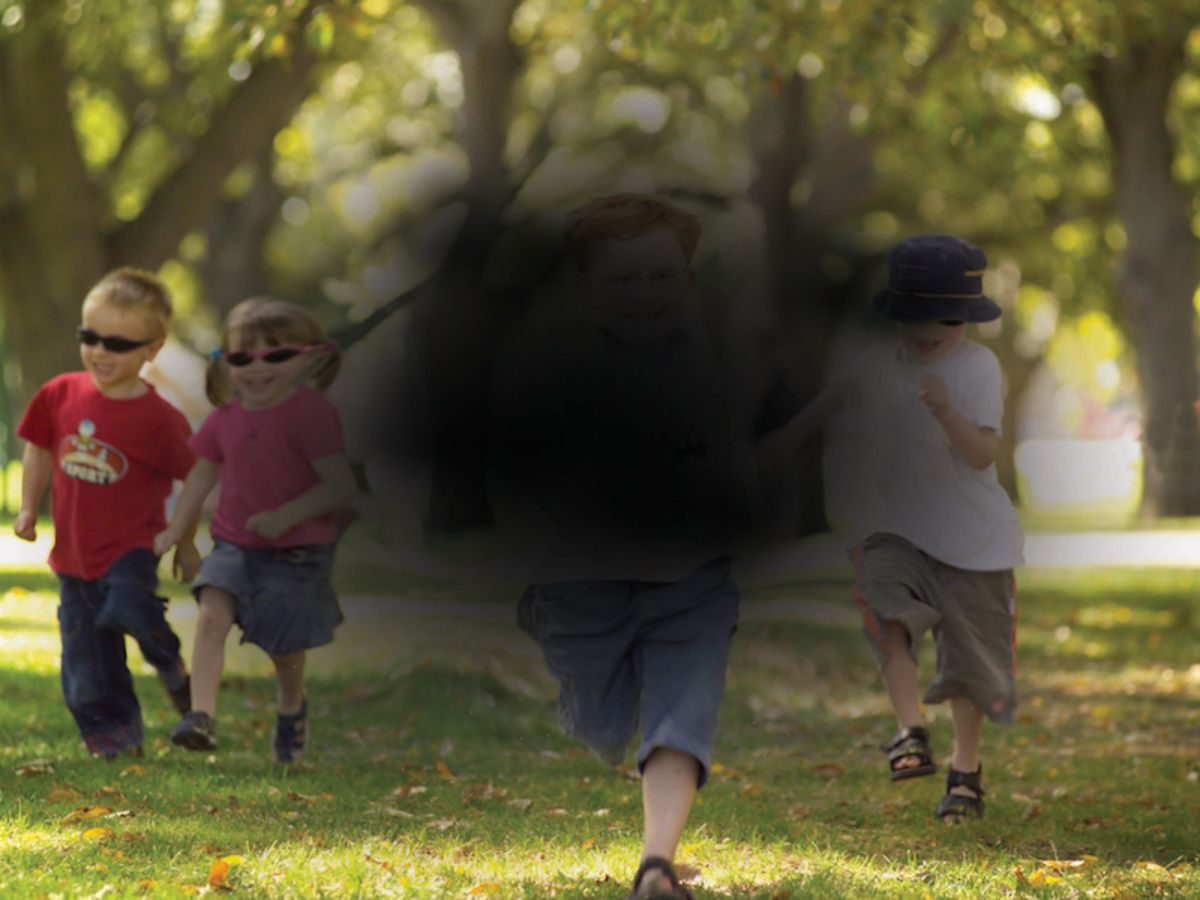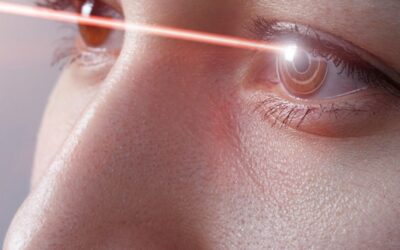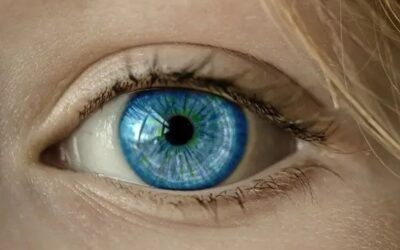By Dr. Domenic Turco
Macular degeneration is an umbrella term for diseases that affect the macula—the location in the retina responsible for your central vision. Age-related macular degeneration (ARMD) is one of the most common types of macular degeneration and affects almost 10% of the world’s population ages 45-85. Aside from increasing age, other risk factors for ARMD include positive family history, smoking history, high blood pressure, high cholesterol, obesity, and having a diet high in saturated fats.
There are two types of ARMD—non-exudative and exudative. Non-exudative, which is commonly referred to as the “dry” form of macular degeneration, is the more common form and is seen in about 80% of patients with ARMD. Exudative, also called the “wet” form, is less common but nonetheless can cause significant central vision loss.
There is unfortunately no cure for ARMD. The non-exudative form is generally managed by taking oral medications with special ingredients called the AREDS2 formula which includes vitamins C and E, lutein, zeaxanthin, zinc, and copper. The exudative form is treated in many cases with injections of medications into the eye called anti-VEGF agents. These injections help to reduce leakage of blood vessels which can lead to fluid accumulation within and underneath the retina. Although the central vision is affected in both forms of the disease, patients maintain their peripheral vision. In many cases, patients learn to adapt to their new level of vision, sometimes with the help of low-vision aides, to maintain the ability to perform their daily visual functions.
It is important to have regular eye exams as you age, especially if you have a family history of significant eye disease. If you have any questions regarding your eyes or vision, please call our office for a consultation.




0 Comments